Bass House
William Bass started brewing in High Street in 1777 at the property now known as Bass Town House (since that was the role it eventually took).
To commemorate one hundred years the company which by then had grown into Bass, Ratcliff & Gretton opened a large new development on the greatly extended site with a style in keeping with the original building (although it was slightly late not being fully completed until 1878); indeed, if you walk down High Street today, it is easy to imagine that both were built at around the same time and it would come as some surprise that there is over a century between them.
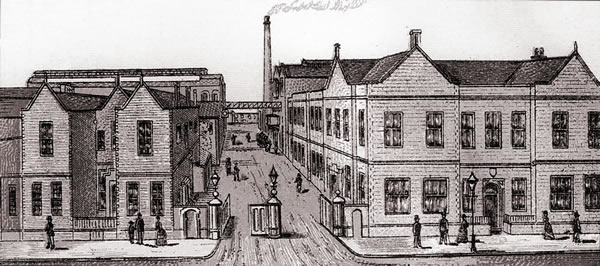
This above etching, produced in 1882, is the earliest image I know of that shows the completed new buildings together with the original one on the left.
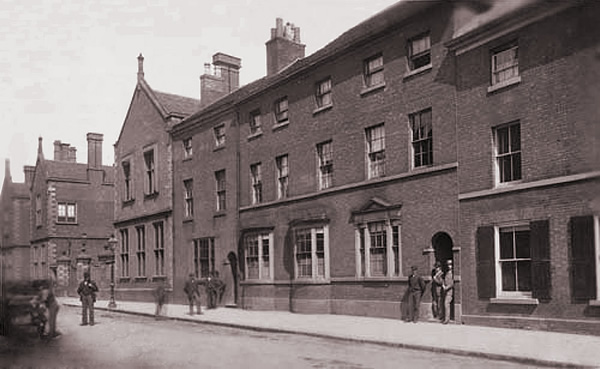
I was confused when I was later provided by the above pre-1877 image which changes things around slightly because it seems to shows that not all of what I thought of as the new re-develoment of High Street was built at the same time.
It is interesting to note that the section next to the gate has three windows on the ground floor where eventually there are only two and there is added decoration at the top. It is hard to imagine though, that this section was completely demolished and replaced with an almost identical one.
I am not even sure what proportion of the buildings belonged to Bass, Ratcliff and Gretton at the time.
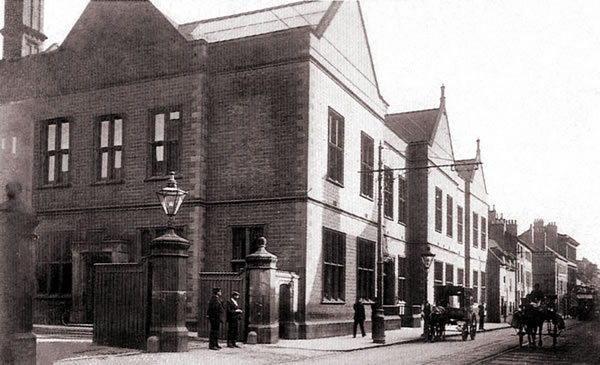
The above photo was taken in 1904 photograph. It is pretty much as in the etching except that the recently introduced trams can now be seen alongside horse driven transport.
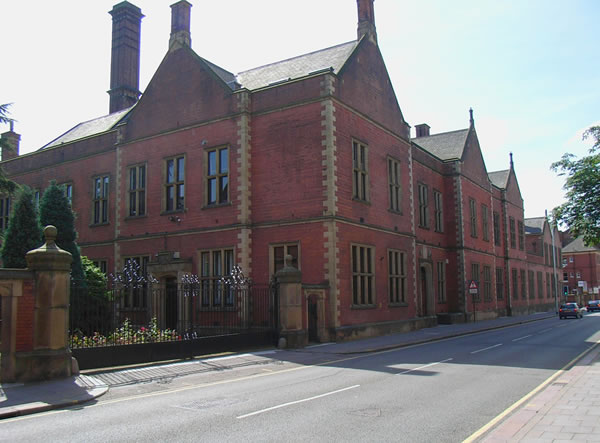
The Bass buildings are still very much in evidence today and still dominate High Street. This scene would still be highly recognisable by any Victorian Burtonian.
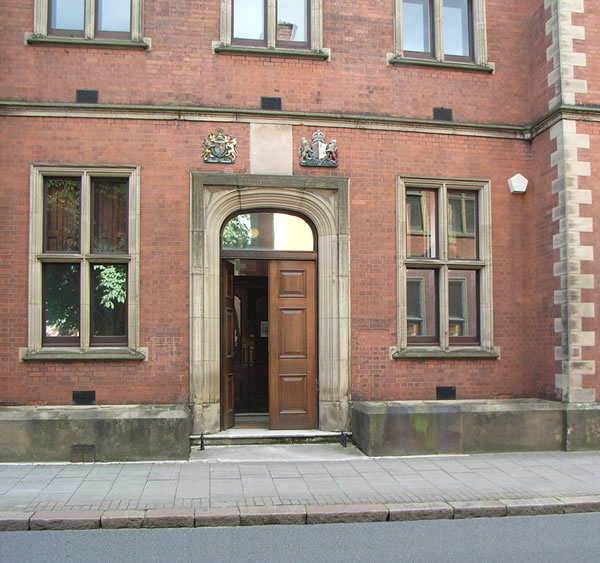
It now seems almost eerie seeming the front door open. It is a door which only senior staff, including of course, Mr Bass himself, would be allowed to enter by.
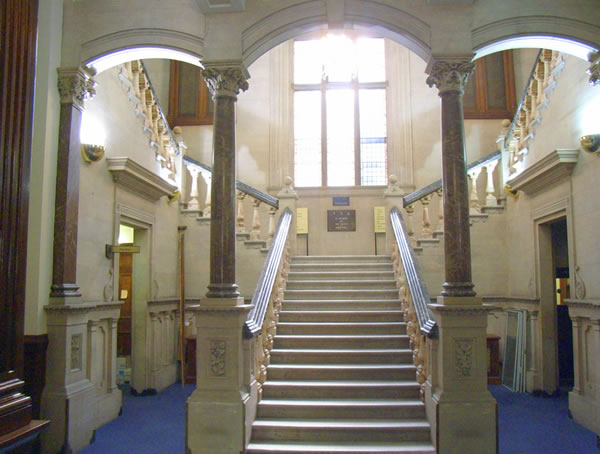
Once inside, you are faced with the original stairway and the feeling that you have stepped into a time-zone. It is very surreal sight made all the more so that like most Burtonians, I have passed this building hundreds of times without ever a thought for what might be inside other than mundane offices.
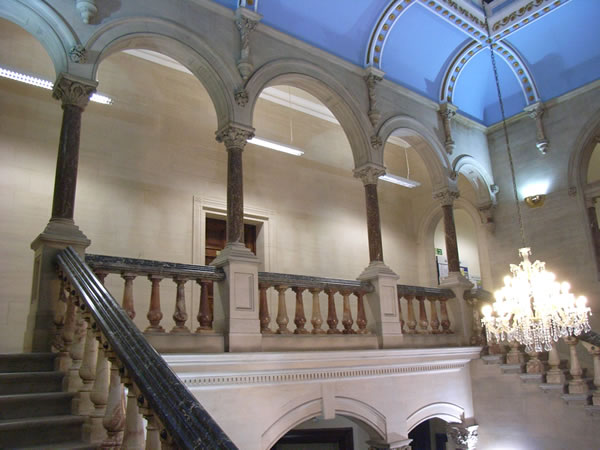
As the stairs are ascended, the wonderful balcony has a single door which, romantically, it is nice to think of as Mr Bass’ personal office but is in fact, the board room, still used today.
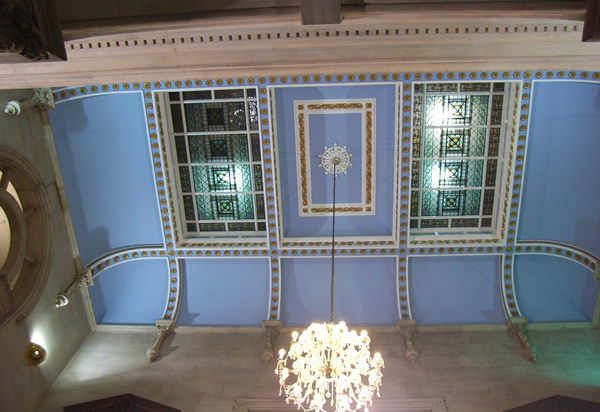
A quick glance up at the ceiling reminds that this is no modern day office block.
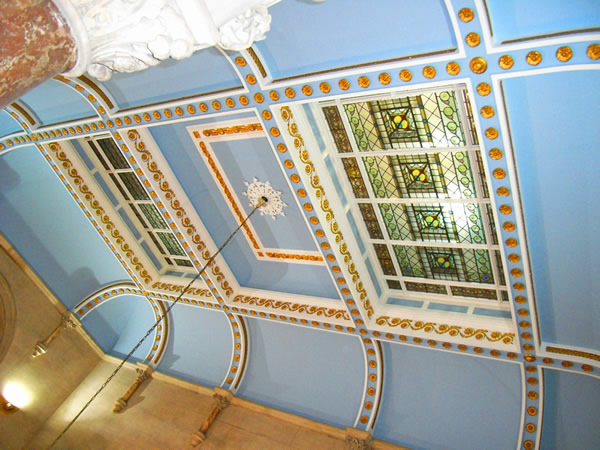
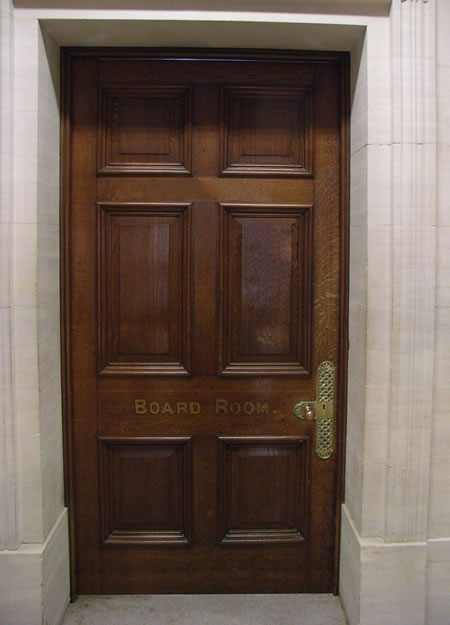
Even the boardroom door, seen in the centre of the landing as you climb the stairs, provides a sense of times passed.
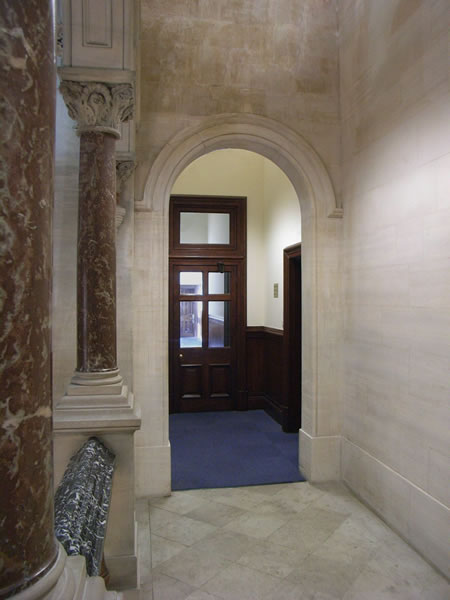
And so to work, down one of the main corridors on the upper floor which would have housed the most senior staff. Strangely, no-one today seems to have any idea which office was occupied by Mr Bass himself (or indeed, Mssrs Ratcliff and Gretton). By this time, they would have not been ‘hands on managers’ with these posts now delagated so it seems that they did not have permanent offices.
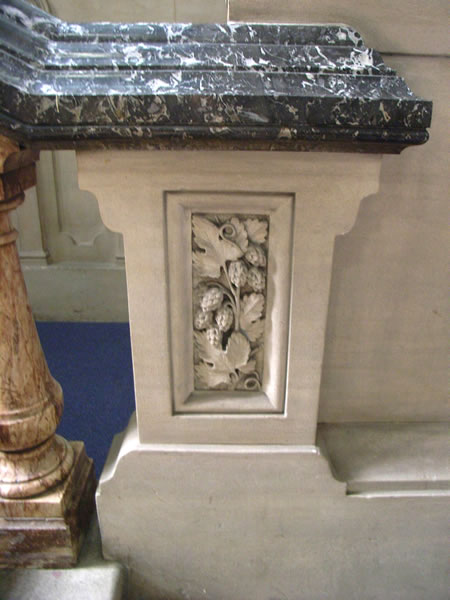
With the usual Victorian eye for detail, there are numerous examples of fine stonework with brewing related stonework. In these examples, hops…
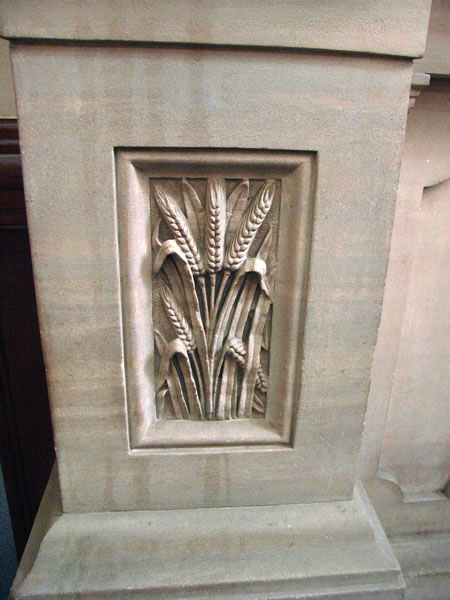
… and Barley

Memorial tablets show the names of Bass employees lost during the 1914-18 World War, which were of course, added after Michael Arthur Bass who died in 1909.
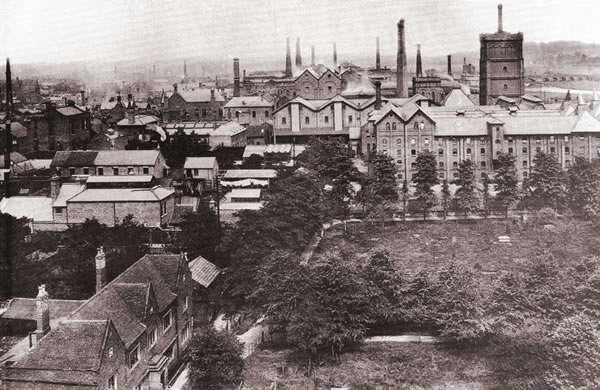
If the inside seems like a haven to day, the reality of the end of the nineteenth century has to be taken into consideration to realise how much more so it would have been at the time. This lovely photo, taken from the top of St Modwen’s Church tower, with Burton Grammar School in the foreground, gives a feel for the whole Bass site which was a forest of chimneys producing an almost permanent smog. Burtonians will have little difficulty in working out where both Bass House and the adjacent Bass Town House sit in the middle of everything.
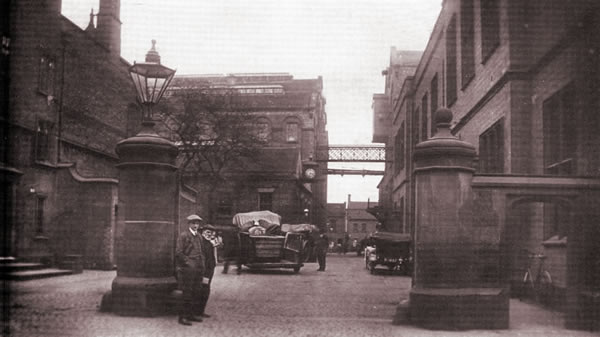
The High Street entrance is still evident, although the central pillar was removed to make the entrance wider for lorries, and shows the side entrance to Mr Bass’ town house on the left, complete with his horse mounting block which has to this day been preserved as a feature, and bass House on the right.
The modern view has changed somewhat with all of the buildings to the rear now gone.
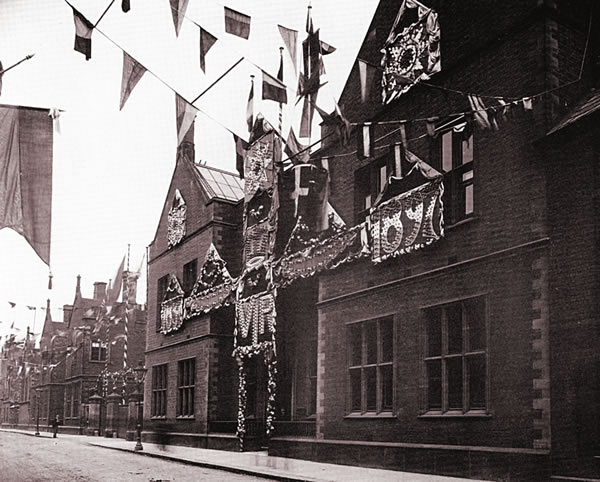
A photo of interest shows Bass House proudly decorated for Queen Victoria’s Diamond (60 years) Jubilee in 1897. Much of the town was decorated in the same way.
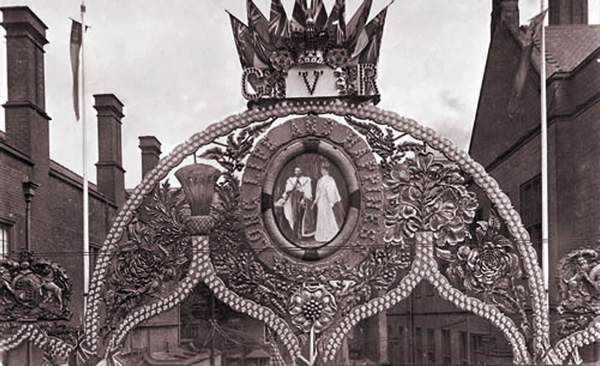
And finally, with Lord Burton now moving in circles which included both King Edward VII and George, Prince of Wales, part of the decorations that adorned most of the town to commemorate George V’s coronation in 1911.

